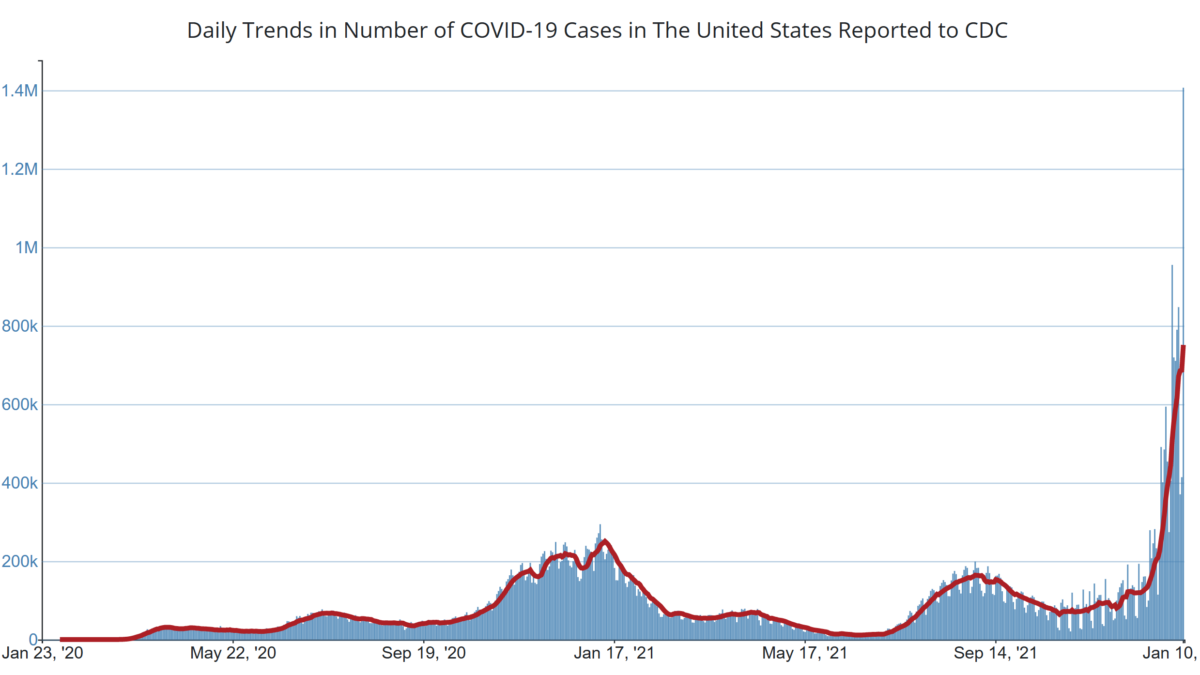Earth has second-warmest March in 2023 even before arrival of planet-heating El Niño – It was the 529th consecutive month to feature temperatures above the 20th-century average – “What I still find shocking is that the last eight years were the eight warmest years on record”

By Matthew Cappucci
7 April 2023
(The Washington Post) – March 2023 will go down in the books as tying for the second warmest March on record. That’s according to the Copernicus Climate Change Service of the European Union. Temperatures globally were several degrees above average in most places outside the western U.S., where a stagnant weather pattern allowed cooler than typical readings to hang around most of the month.
The unusually warm month occurred even before the projected arrival of the El Niño climate pattern, which increases global temperatures.
Still, the relatively warm month is consistent with the expectations of climate scientists amid a swiftly warming environment. March represents the 529th month in a row with temperatures exceeding the 20th-century average. That’s more than 44 years straight without a single comparatively cool month.
“These March statistics are not surprising, as we’re breaking monthly records almost [every] year now,” Kim Cobb, a climate scientist and professor of environment and society at Brown University, wrote in an email.
March by the numbers
Copernicus determined that the March global average temperature was 0.92 degrees Fahrenheit above the 1991 to 2020 normal. This warmth helped last month tie with 2017, 2019 and 2020 as the second warmest month on record. There still exists a substantial gap of about 0.2 degrees, between March 2023 and the current first-place record holder, which is March 2016.
A strong El Niño pattern was present in March 2016, boosting temperatures. El Niño begins as a warming of ocean waters in the eastern tropical Pacific, which warms the surrounding air and shuffles weather patterns across the northern hemisphere and beyond. Global temperatures tend to be higher during periods dominated by El Niño.
At present, ENSO, or the El Niño Southern Oscillation — the overarching pattern that oscillates between El Niño and La Niña — is in a neutral state. In other words, we’re at the midpoint between both extremes, without any particularly prominent push in either direction. That’s what makes the current level of warmth stand out.
“What I still find shocking is that the last eight years were the eight warmest years on record,” Cobb said. “That’s truly exceptional, given that year-to-year temperatures are impacted by natural variations associated [with] El Niño’s and La Niña’s.”

The extent of Arctic and Antarctic sea ice was also well below average during the month, flirting with record lows in both hemispheres.
“For a while, there were dynamical effects related to El Niño/La Niña, and changing wind patterns, that left Antarctic sea ice relatively unchanged even in the face of record decreases in Arctic sea ice,” Michael Mann, a professor of climate science at the University of Pennsylvania, wrote in an email. “But the effects of a warming planet, and in particular the record ocean warmth we documented earlier this year … is clearly now winning out.” […]
With El Niño expected to take the reins soon, there’s a majority chance that 2023 ends up as one of the top five warmest years on record.
“If even a moderate El Niño materializes in 2023, it could very well usher in a new global temperature record, beating out 2016, which was a very strong El Niño event,” Cobb said.
Since preindustrial times, Earth has warmed 1.9 degrees, and there’s no sign of that slowing anytime soon. Copernicus projects the Earth will eclipse 2.7 degrees (1.5 Celsius) of global warming by August of 2034. [more]
Earth has second-warmest March even before arrival of planet-heating El Niño


